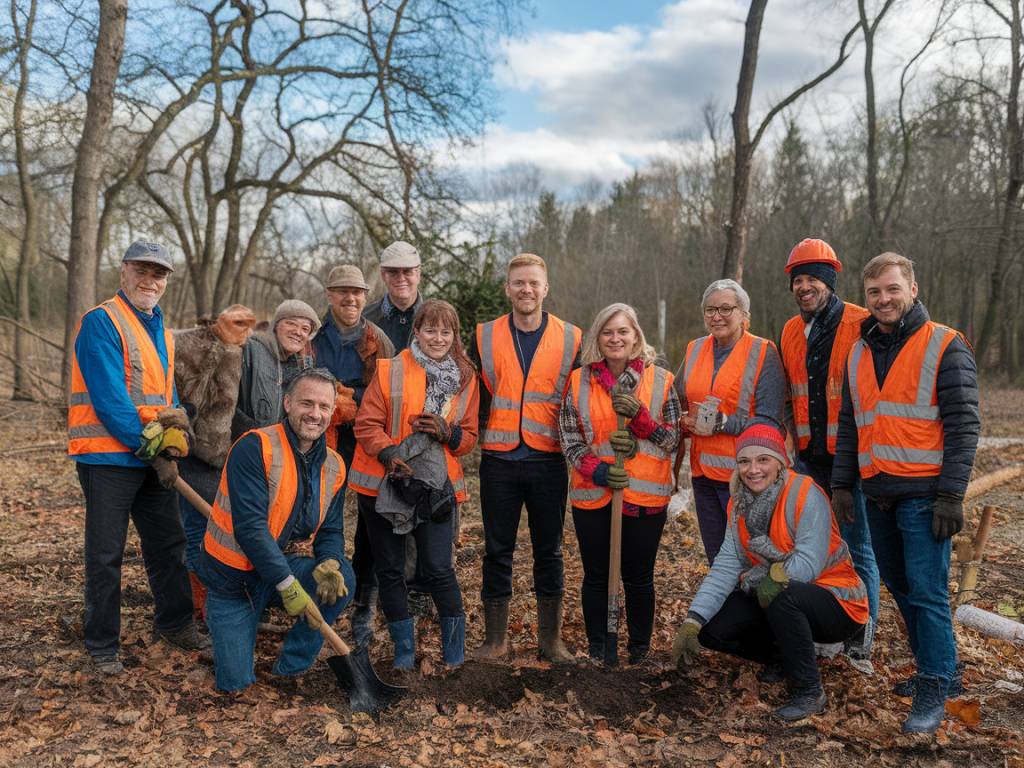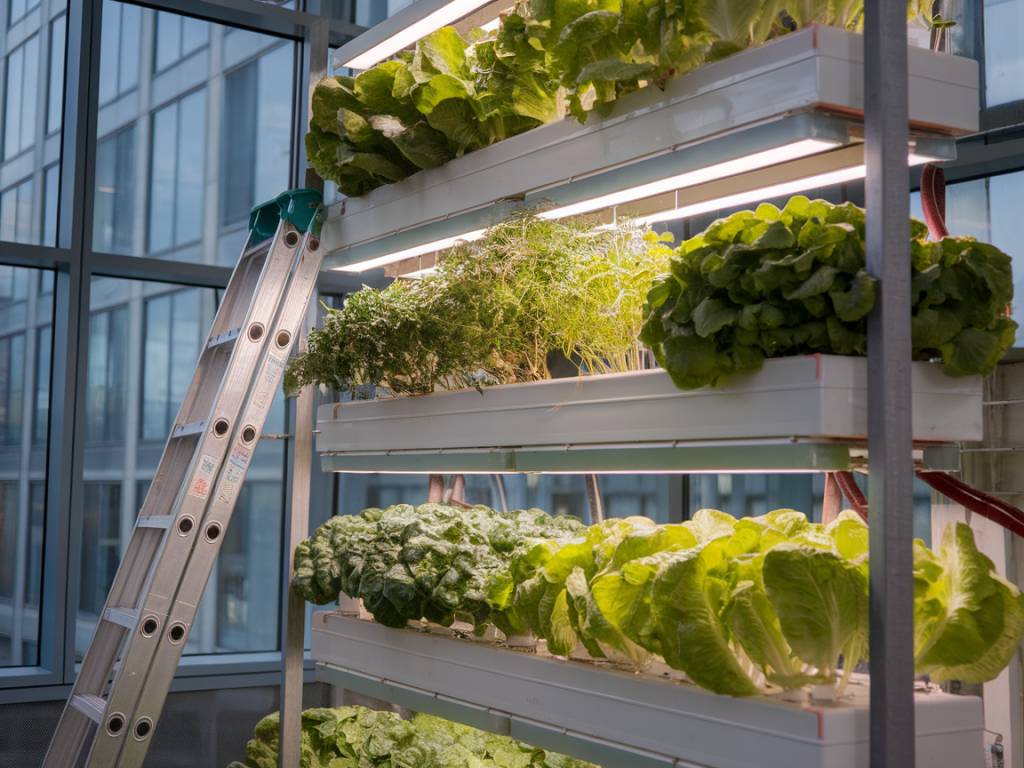Climate Anxiety Is Real — But So Is Our Power to Act
You’ve likely felt it before: that creeping sense of dread when scrolling through headlines about melting glaciers, rising sea levels, or yet another devastating wildfire. Maybe it’s a tight feeling in your chest after watching yet another documentary on biodiversity collapse. That emotional weight has a name — climate anxiety — and it’s affecting a growing number of people worldwide, particularly younger generations and those already engaged in environmental action.
It’s tempting to feel overwhelmed by the scale of the climate crisis. But here’s the good news: while global problems demand global solutions, small, local actions are not only accessible — they’re powerful. More than just checking items off a sustainable lifestyle list, local activism creates ripple effects that ease anxiety, foster resilience, and drive meaningful change.
Understanding Climate Anxiety
Before diving into solutions, let’s clarify what we’re dealing with. Climate anxiety, also known as eco-anxiety, isn’t classified as a mental illness. Instead, it’s a rational response to a very real and daunting problem. According to a 2021 study published in The Lancet Planetary Health, 75% of young people across 10 countries described the future as “frightening,” with nearly half reporting that climate-related distress affected their daily lives.
This phenomenon is not just emotional — it’s physiological. Chronic exposure to climate news can trigger the body’s stress response, leading to sleep disruptions, difficulty concentrating, and feelings of helplessness. Yet paradoxically, one of the most effective remedies isn’t withdrawal, but engagement — especially at the local level.
Why Local Activism Makes a Difference
The psychology here is powerful. When we participate in community-based efforts, we move from passive worry to active agency. In other words, we shift from fear to action. According to climate psychologist Dr. Renée Lertzman, action at a small scale is one of the most effective ways to dispel feelings of hopelessness because it reconnects us to a sense of purpose and community.
And here’s the bonus: local efforts often lead to faster, tangible results. Whether it’s organizing a bike-to-school initiative, advocating for a plastic-free town market, or converting a vacant plot into a community garden, these hands-on projects not only reduce emissions — they galvanize others, too.
Small Actions That Spark Big Changes
You don’t need to lead a global movement to make an impact. The following local initiatives are examples of how small steps contribute to systemic change — and help ease climate anxiety in the process:
- Start or join a climate action group: Local chapters of organizations like Extinction Rebellion, Fridays for Future, or Transition Towns provide platforms for group action and shared learning.
- Push for green infrastructure in your community: Advocate for bike lanes, green roofs, or tree planting initiatives by attending city council meetings or contacting municipal representatives.
- Create a repair café or swap event: Combat consumer waste by creating spaces where neighbors fix items or exchange goods — it fosters both sustainability and human connection.
- Support or establish urban agriculture: Community gardens don’t just cut food miles; they build resilience, biodiversity, and mental well-being.
- Offer your skills locally: Are you handy with social media? Good at grant writing? Got carpentry skills? Local eco-projects are always in need of support.
These actions may seem modest on their own, but their value lies in aggregation. They empower individuals and communities, and more importantly, they disrupt the false narrative that only “large-scale” efforts count.
From Observation to Participation: Stories That Inspire
Take the case of Anika, a 24-year-old graphic designer from Lyon. Tired of feeling helpless after watching a climate documentary, she joined a community group promoting zero-waste living. Within six months, Anika was teaching composting workshops at her local library and working with small businesses to reduce packaging waste. “It didn’t fix the climate crisis,” she admits, “but it fixed something in me.”
Or consider the rural village of Santorso in Northern Italy, which spearheaded a citizen-led energy efficiency program. Residents teamed up to retrofit homes, install solar panels, and pool knowledge on sustainable heating. The project reduced emissions and saved money — but perhaps more importantly, it built solidarity among neighbors.
These stories aren’t outliers. They’re proof that when people come together in response to climate anxiety, the results can be transformative, both personally and collectively.
Redefining What It Means to Take Action
Let’s be clear: individual behavioral changes (like switching to bamboo toothbrushes or cutting out fast fashion) matter, but they’re not the full story. The real magic happens when these changes are shared, multiplied, and institutionalized — ideally through local organizing.
And no, you don’t have to chain yourself to a tree to be an activist. Activism can look like:
- Hosting a documentary screening and discussion in your community hall
- Encouraging your workplace to divest from fossil fuels or adopt greener practices
- Mentoring students on sustainability projects
- Writing op-eds or local press pieces highlighting environmental concerns
By expanding our definition of activism, we lower the entry barrier and invite more people into the movement. Climate action becomes not just about cutting emissions, but about creating the kind of world we want to live in — equitable, collaborative, and kind.
Engagement as Antidote
The intensity of climate news won’t likely decrease anytime soon. But how we respond to it can shift dramatically. Instead of paralysis or despair, what if those feelings became a prompt — a call to connect, contribute, and co-create solutions with our neighbors?
According to the American Psychological Association, engaging in collective environmental action is strongly correlated with improved emotional well-being. Why? Because it channels concern into agency. It’s like exercise for your mental health — only instead of jogging solo in the rain, you’re making tangible change alongside others who share your values.
Tools to Get You Started
If you’re ready to translate climate concern into local activism but don’t know where to begin, here are some starting points:
- Map your community assets: Look for local NGOs, green businesses, schools, or religious groups already engaged in sustainability work.
- Use digital platforms for local organizing: Tools like MeetUp, Slack, and Nextdoor can help coordinate neighborhood action.
- Take a climate conversation training: Programs like Climate for Change or Climate Outreach offer guidance on how to talk about climate in ways that inspire, not scare.
- Apply for microgrants: Many environmental organizations offer small grants for community-led sustainability initiatives.
- Create a story-sharing platform: Build a local blog, zine, or podcast where people can highlight their eco-initiatives. Storytelling is contagious — in a good way.
One final note: perfection isn’t required. You don’t need an environmental science degree to make a difference (though it certainly helps — shout-out to my fellow eco-geeks). The only prerequisite is care. And trust me, you already have that — otherwise, you wouldn’t be reading this.
So next time the heat of climate anxiety creeps in, don’t retreat. Reach out. Join a neighbor’s clean-up, attend a workshop, write to your local representative. These aren’t distractions from the crisis; they are the seeds of transformation — for both the planet and ourselves.



